There are changes in the usage of building materials in terms of building houses in my region. It happens from the roof, window, and wall. The last building material has shifted significantly. Many refer to choose Autoclaved aerated concrete (AAC) than red brick though it was dominant before.
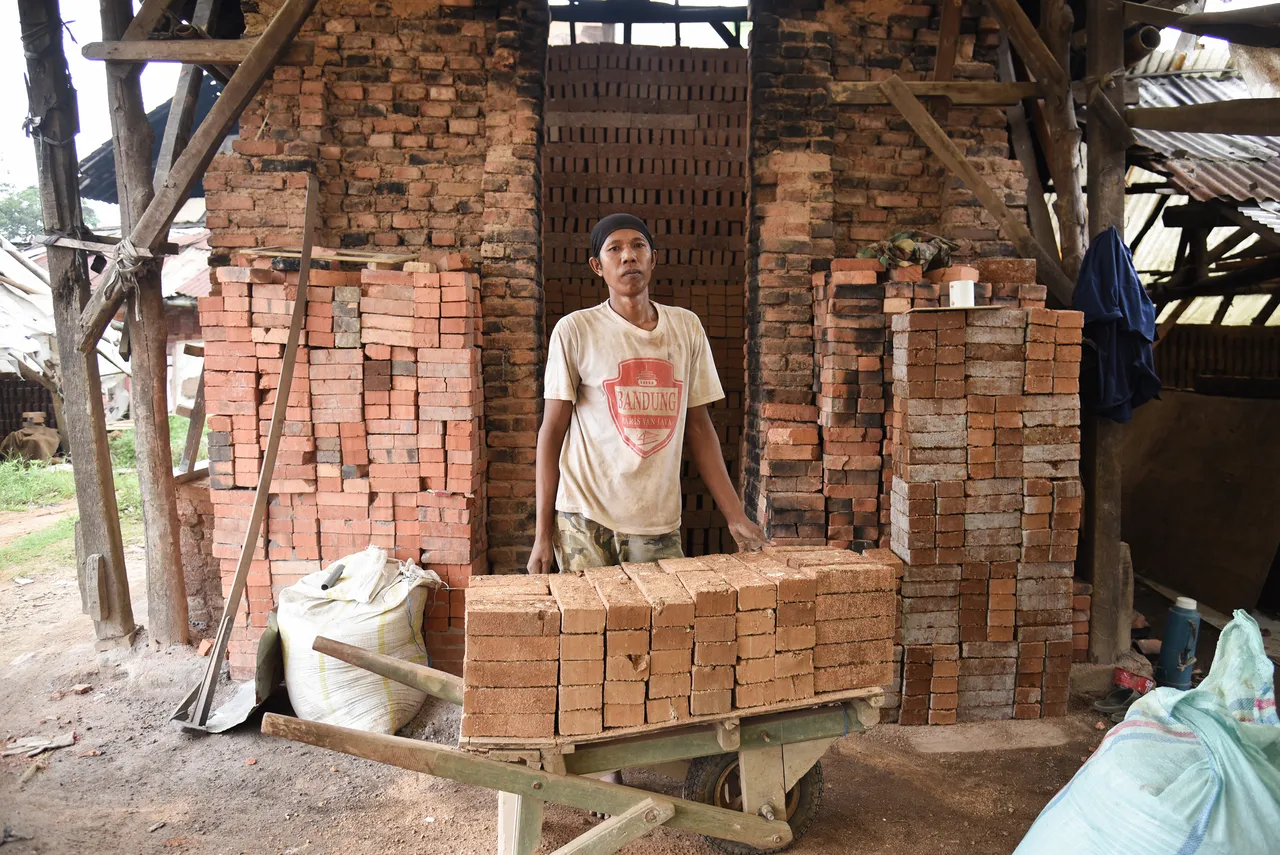
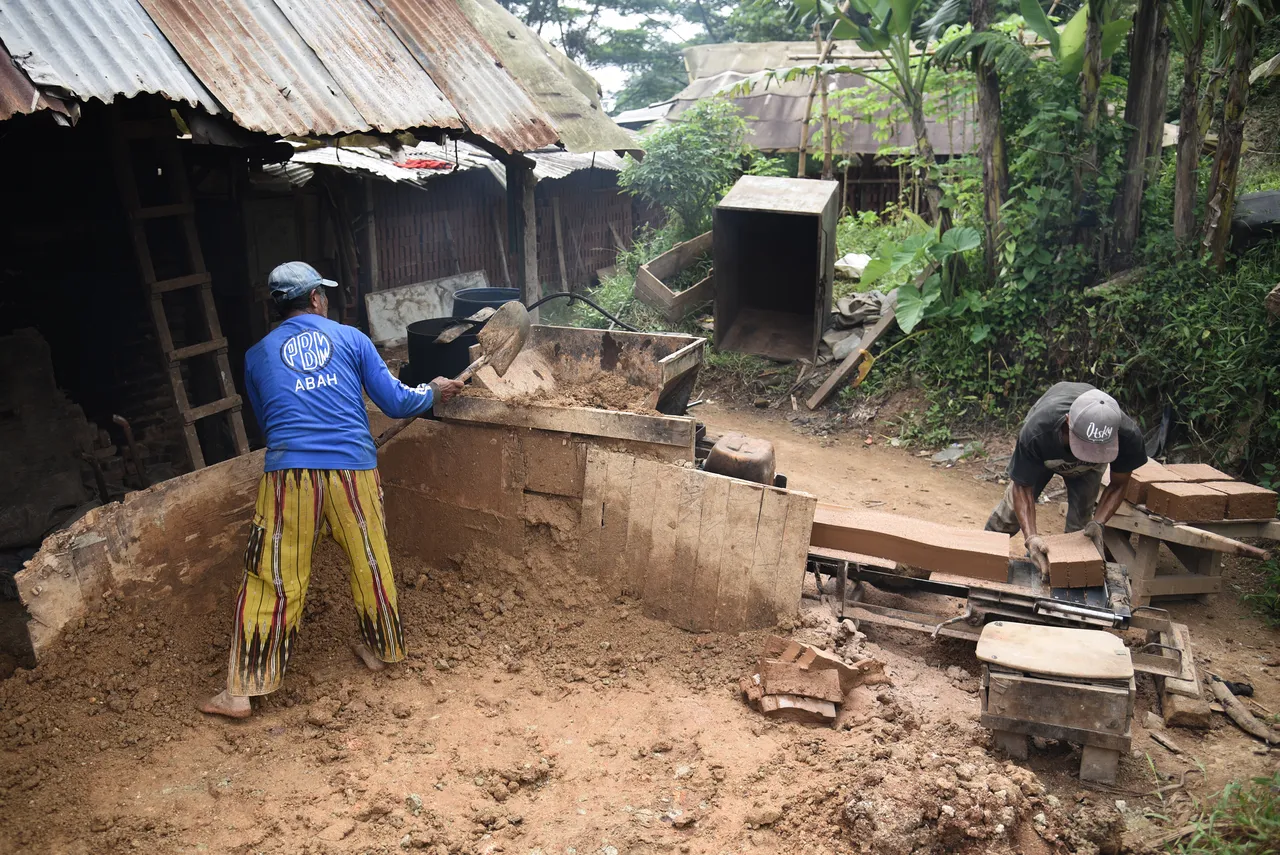
The puff of smoke spreads into the air. Besides, the view of the way's village is full of bricks and laterite mounds. Sukawangi village is decent to be called as central of red brick production.
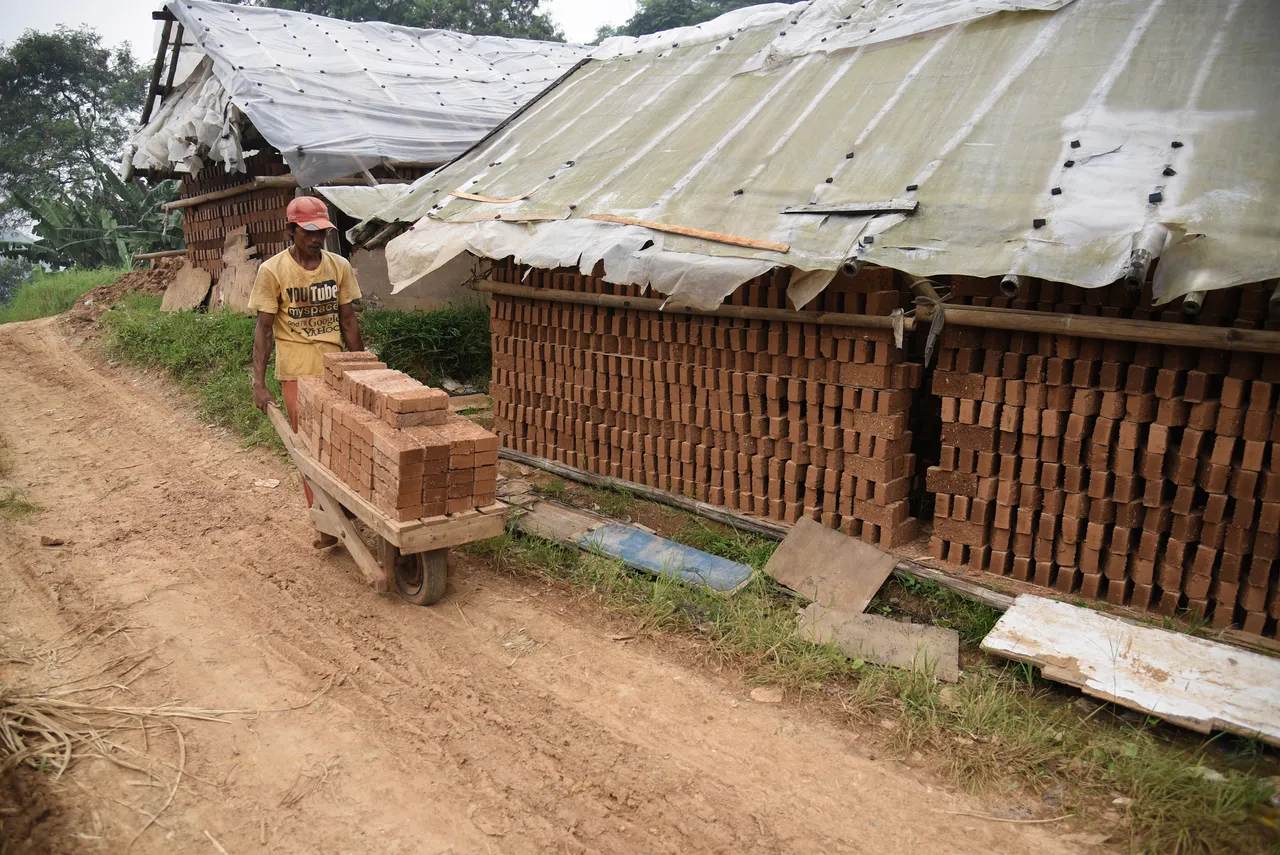
The production was initiated in the 1980s. Aep Saubari (62) is a man who became the witness of it. He had been a brickmaker ever since single.
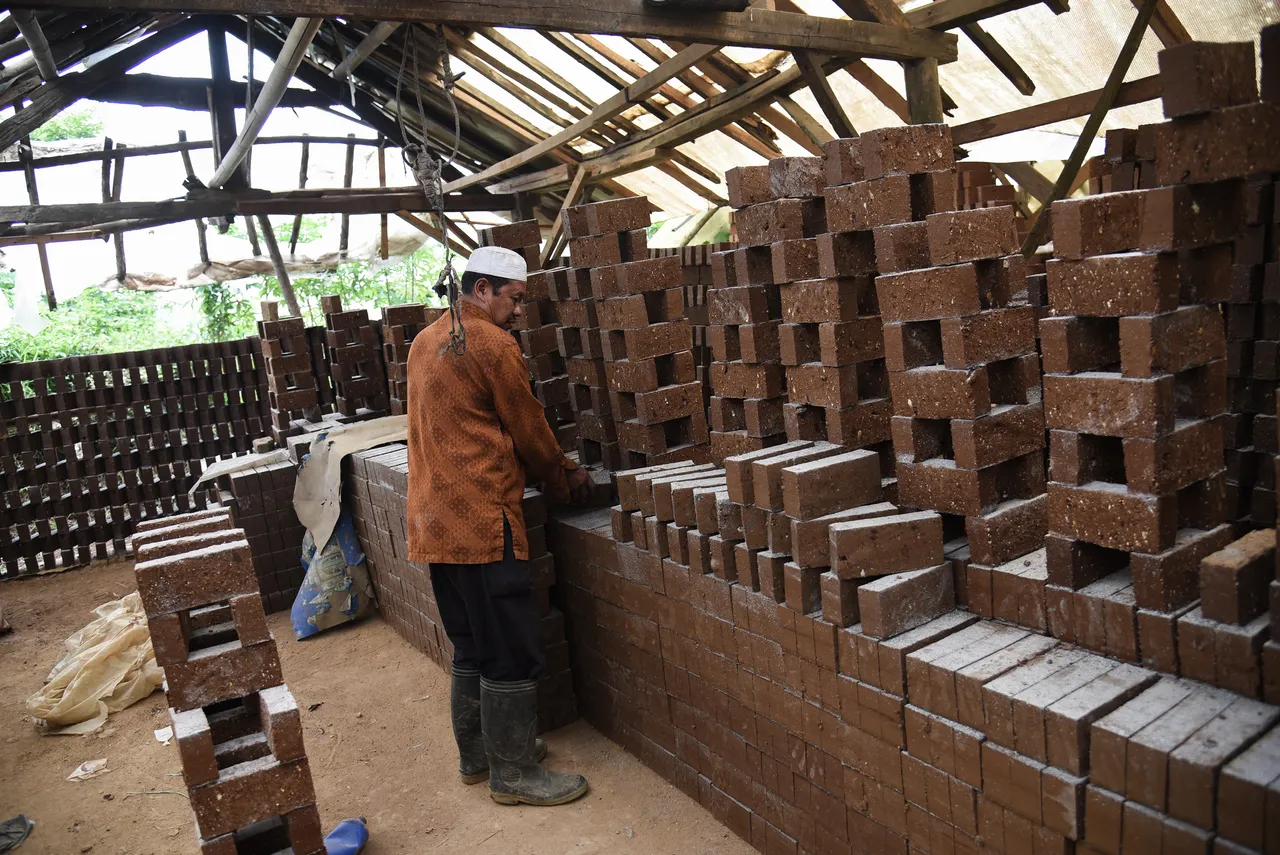
"I've joined this job when I haven't married yet. It was about in the 1980s, while I already have seven children and nine grandchildren nowadays. This is my main livelihood," said Aep Sabari whilst arranging his bricks.
The red brick also becomes the main livelihood for Aep's neighbors. Another brickmaker, Dadang (35) has been following what Aep does.

"These brick businesses are generally family businesses. I have no one so that I am simply a laborer here," Said Dadang.
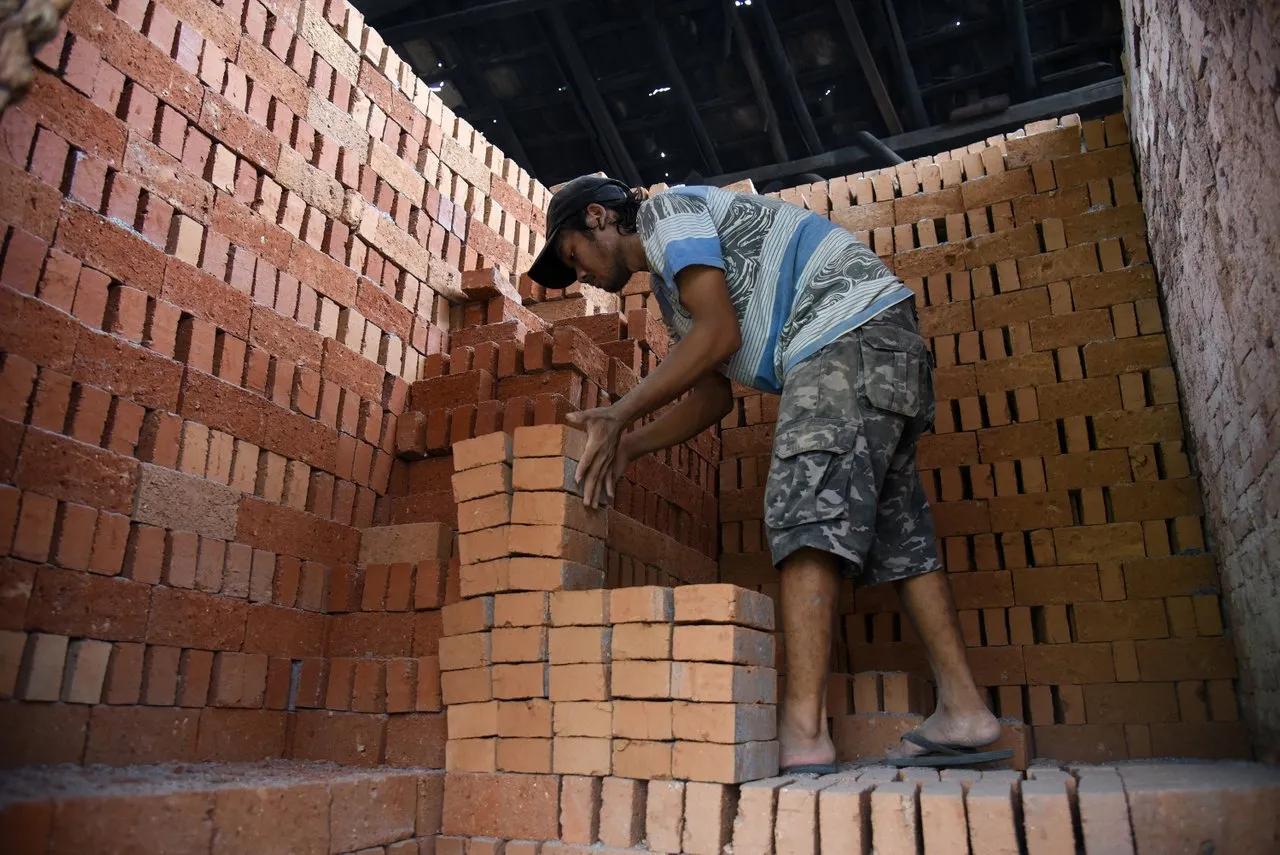
Aep said that the brick production could be built as the village has an abundance of laterites. As is known, laterite is a raw material to make red brick. Unfortunately, it is on the wane.

That case triggers Aep and his colleagues to gain the material outside the village. It is from Korehkotok mountain, Pataruman which is located on the border of the village.
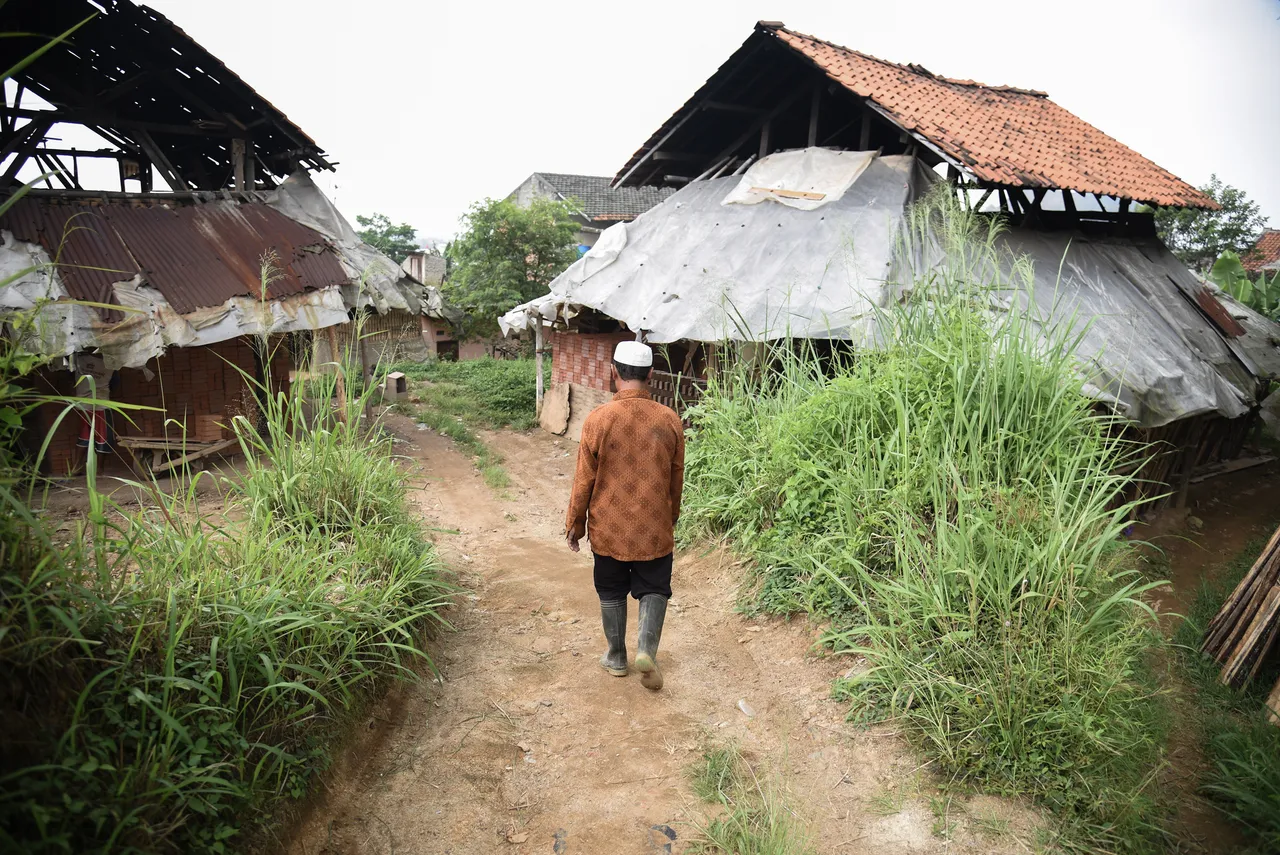

However, the distribution of material would be hampered in the rainy season. The path taken would be glistening. On the other hand, it would impact to drying process which is going to take a longer time than usual.
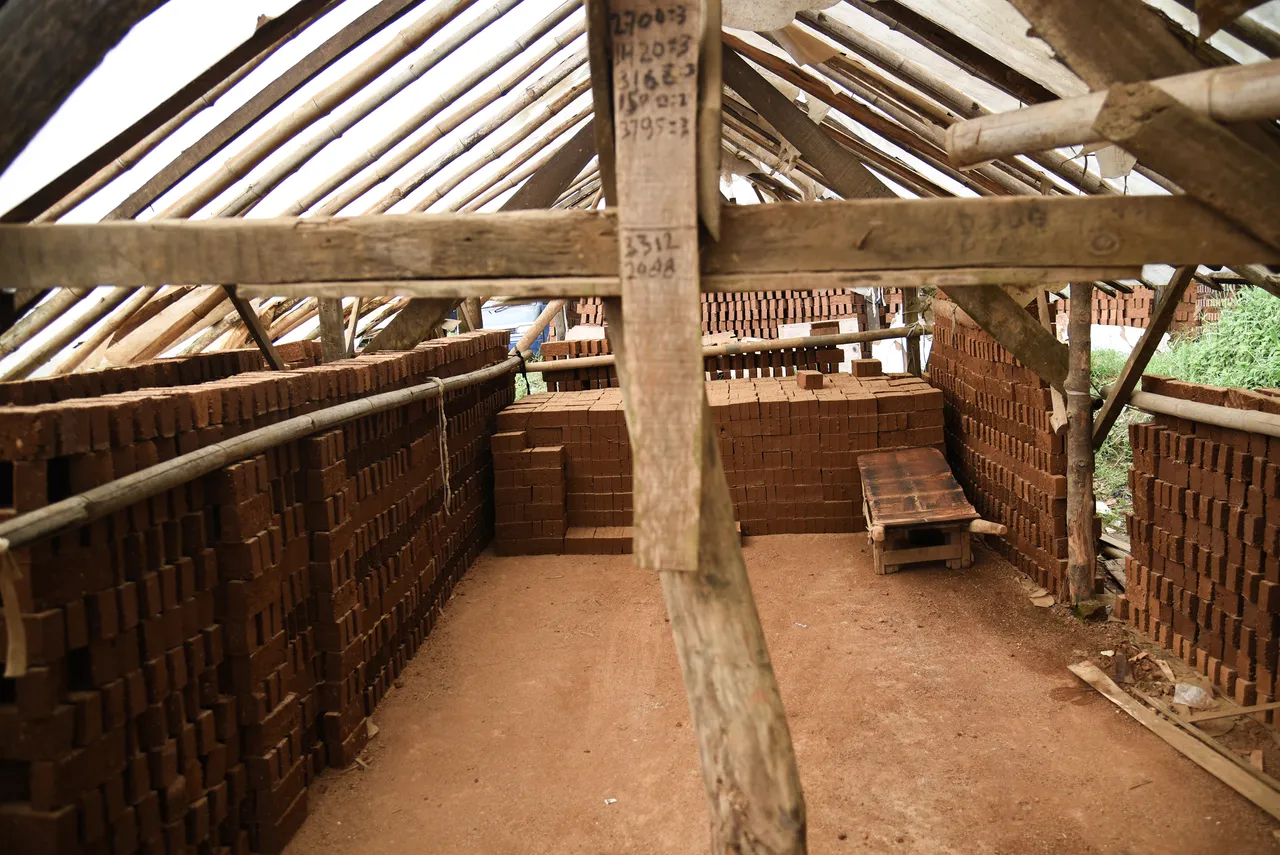
The drying process runs twice a month. A Lio - a.k.a - a kiln could load 15.000 bricks in once burning. The thousands of bricks would be on the fire for two days and three nights.

The price per brick is 650 Rupiahs. Aep is regularly distributing the bricks around the Bandung Raya area.
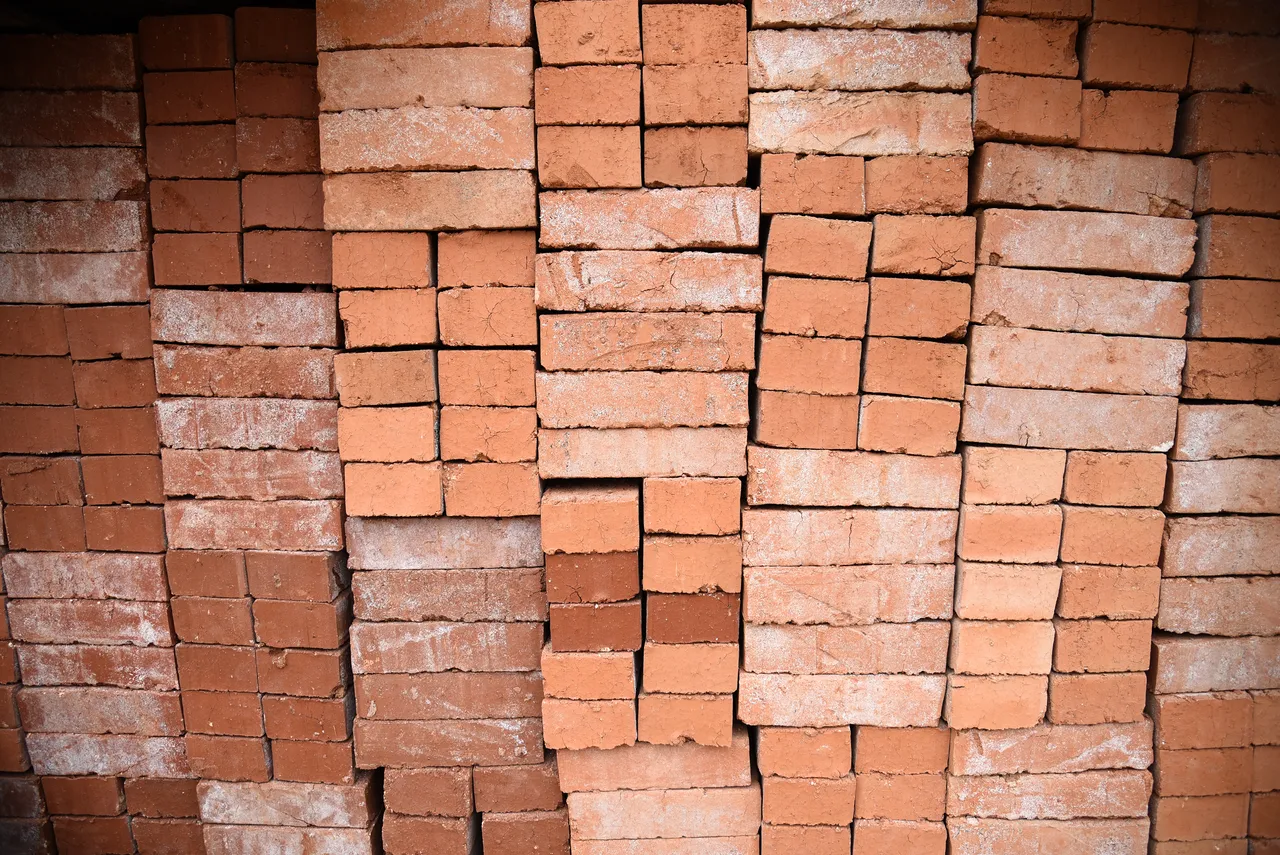
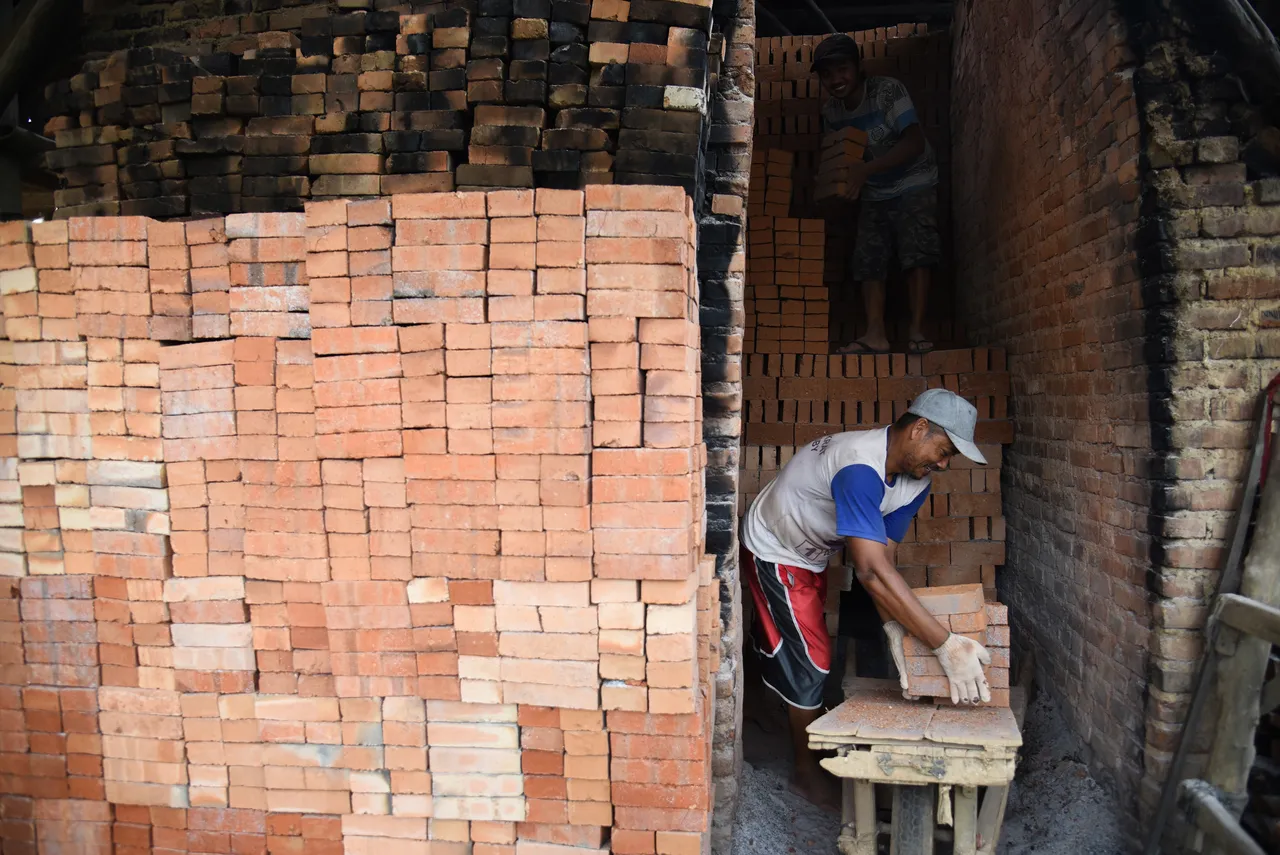
Though home building material is more varied today, it doesn't make red brick disappeared. The fans of this material still exist. Its robustness is the reason why many yet using it.
Thank you for reading this story. This post is intended to make #collaboration in creating a story about #Indonesia through #hive. All of the images are taken by Asep Solihin a.k.a Asol, all rights reserved. Please, feel free to comment below!
Regards,
Hamid & Asol